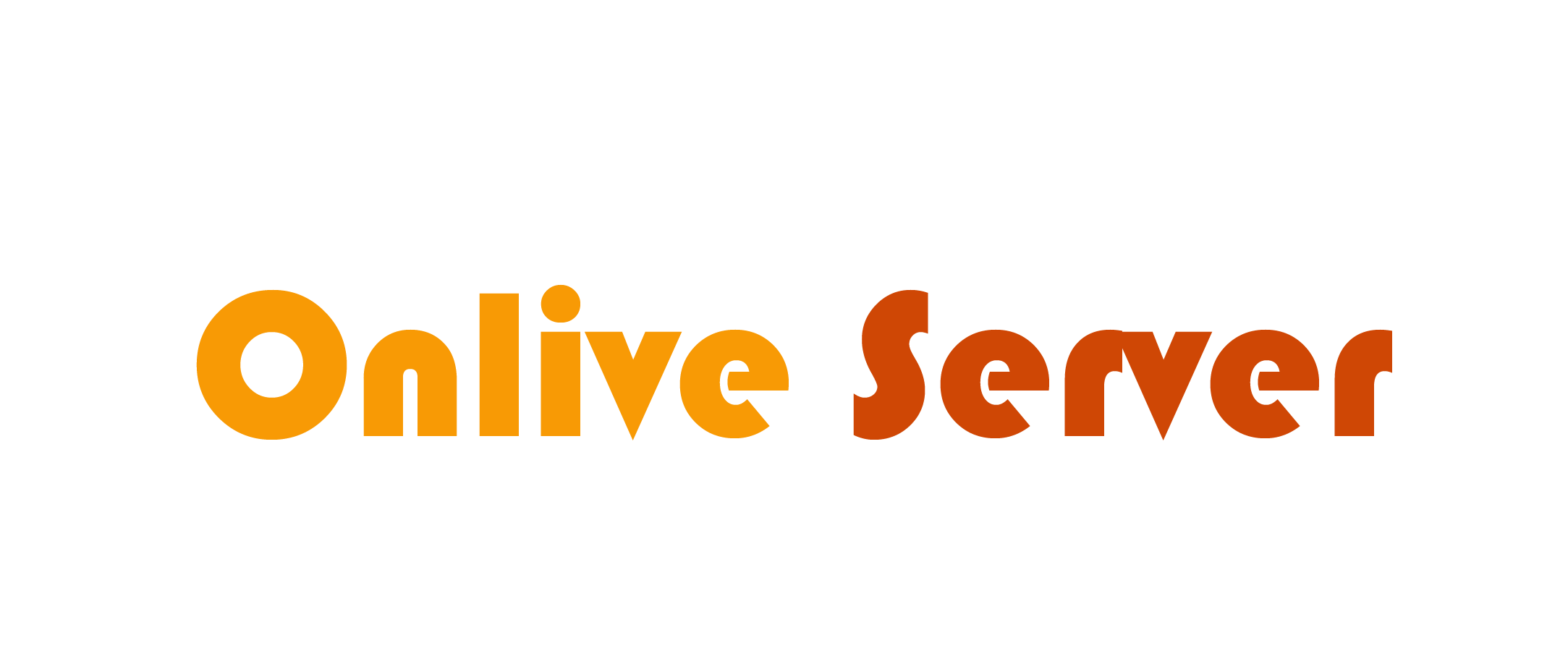
In today’s digital age, small business websites have become essential assets that promote your brand and serve as a critical channel for engaging with customers, processing transactions, and building trust. Unfortunately, these online assets are increasingly targeted by cybercriminals looking to exploit vulnerabilities, steal sensitive data, or disrupt your operations. Protecting your small Business Website from unauthorised access is not just a technical challenge—it’s critical to safeguarding your reputation, customer trust, and bottom line.
In this comprehensive guide, we’ll explore why securing your Protect Website is essential, the common vulnerabilities that attackers exploit, and the best practices and technologies you can use to ensure its security.
Understanding the Threat Landscape
Before implementing security measures, it’s essential to understand the potential threats that target small business Protect Website. Cyber attackers use various techniques to breach systems, from automated bots scanning for vulnerabilities to sophisticated phishing attacks to trick users into revealing sensitive information.
Common Attack Vectors
- Brute Force Attacks involve repeated attempts to guess login credentials, such as usernames and passwords. Even if you have a firm password policy, attackers can sometimes crack weak or reused passwords.
- SQL Injection: This technique exploits vulnerabilities in a website’s database layer. By inserting malicious SQL queries, attackers can retrieve sensitive data or even modify database contents.
- Cross-Site Scripting (XSS): In an XSS attack, cybercriminals inject malicious scripts into webpages viewed by other users. This can lead to data theft, session hijacking, or unauthorized actions on behalf of the user.
- Malware and Ransomware: Once attackers gain access, they might install malicious software on your server. This malware can steal data or hold your website hostage until a ransom is paid.
- Phishing and Social Engineering: Not all attacks are purely technical. Cybercriminals often target employees or website administrators with fraudulent emails or messages designed to trick them into divulging access credentials or clicking on harmful links.
Understanding these common attack vectors helps develop a targeted approach to protecting your Protect Website. Awareness of potential threats is the first step in building a robust security strategy.
Building a Multi-Layered Security Strategy
Adopting a multi-layered security strategy is one of the most effective ways to protect your small business website. This approach involves implementing a combination of technical solutions, policies, and practices that form a robust defense against unauthorized access.
Strong Authentication and Access Controls
One of the simplest yet most powerful ways to secure your website is by enforcing strong authentication practices:
- Complex Passwords and Regular Updates: Ensure all user accounts, especially those with administrative privileges, use complex, unique passwords. Implement policies that require periodic password changes.
- Multi-Factor Authentication (MFA): MFA adds an extra layer of protection by requiring users to provide additional verification, such as a code sent to their phone or a fingerprint scan, before granting access.
- Role-Based Access Control (RBAC): Limit access to sensitive parts of your Protect Website based on user roles. For instance, administrative rights should only be granted to employees who need them, and other users should be restricted to more limited permissions.
Secure Development Practices
Security must be built into your Protect Website from the ground up:
- Input Validation: Validate and sanitize all inputs, whether you’re collecting user information through forms or processing user-generated content. This prevents common vulnerabilities like SQL injection and cross-site scripting.
- Regular Code Reviews: Review your website’s code regularly. This practice can help identify vulnerabilities before attackers exploit them.
- Security-Focused Development Frameworks: Consider using web development frameworks and content management systems (CMS) known for their robust security features and regular updates.
Up-to-Date Software and Patches
Cyber threats evolve rapidly, and so should your defenses:
- Regular Updates: Keep your website software, including CMS, plugins, and any third-party libraries, up to date with the latest security patches. Vendors often release updates specifically to address vulnerabilities.
- Automatic Patch Management: Enable automatic updates for your software where possible. This reduces the window of opportunity for attackers to exploit known vulnerabilities.
Secure Hosting Environment
The security of your website is also influenced by the environment in which it’s hosted:
- Choose a Secure Hosting Provider: Select a hosting provider with a strong reputation for security. Look for features such as regular backups, secure data centers, and proactive monitoring services.
- Server Hardening: Configure your server to reduce the number of potential attack vectors. This might include turning off unnecessary services, configuring firewalls, and installing intrusion detection systems.
- SSL/TLS Certificates: Ensure your Protect Website uses HTTPS to encrypt data transmitted between the user’s browser and your server. This protects sensitive information, such as login credentials and personal data, from being intercepted by attackers.
Backup and Disaster Recovery
Despite best efforts, no system is entirely immune to cyber-attacks. Preparing for potential breaches is just as important as trying to prevent them:
- Regular Backups: Maintain regular backups of your website’s data. Ensure that these backups are stored securely and off-site if possible.
- Disaster Recovery Plan: Develop a clear plan for restoring your website during a breach. This plan should include steps for restoring backups, notifying customers, and investigating the breach to prevent future occurrences.
Leveraging Technology for Enhanced Security
Technology plays a crucial role in fortifying your website’s defenses. Here are some key tools and techniques that can help safeguard your site:
Web Application Firewalls (WAF)
A web application firewall is a barrier between your Protect Website and potential attackers. It monitors incoming traffic and filters out malicious requests, preventing attacks like SQL injections and cross-site scripting. A WAF can be a cost-effective solution that works around the clock to block threats before they reach your server.
Intrusion Detection and Prevention Systems (IDPS)
IDPS solutions continuously monitor your network and server for suspicious activity. When an anomaly is detected, these systems can alert you or automatically take action to block the threat. This proactive approach helps catch and mitigate threats before they cause significant damage.
Content Delivery Networks (CDNs)
CDNs improve your website’s performance by caching content closer to the user and providing an additional security layer. Many CDNs offer built-in security features, such as DDoS protection, which can mitigate large-scale attacks that might otherwise overwhelm your server.
Encryption and Data Masking
Encrypting data in transit and at rest is essential for protecting sensitive information. Utilize SSL/TLS for secure communications and consider encrypting sensitive data stored on your server. Data masking techniques can help protect sensitive information by obfuscating it from unauthorized users.
Educating Employees and Customers
While technology is essential, human error often plays a significant role in security breaches. Ensuring that everyone involved in managing your website understands security best practices is crucial:
- Employee Training: Regularly train employees on cybersecurity awareness, focusing on recognizing phishing attempts, using secure passwords, and adhering to security protocols.
- Customer Education: Inform your customers about the measures you have in place to protect their data. This transparency builds trust and encourages them to adopt safe practices when interacting with your website.
Continuous Monitoring and Incident Response
A proactive security approach involves continuously monitoring your website’s performance and security status. Set up systems to log and analyze server activity, which can help you detect unusual patterns that may indicate an attack.
- Incident Response Plan
Develop a comprehensive incident response plan that outlines the steps to take when a breach is detected. This plan should include roles and responsibilities, communication protocols, and procedures for mitigating damage and restoring normal operations. Regular drills and updates to this plan ensure your team is prepared to respond swiftly and effectively.
- Regular Security Audits
Conduct regular security audits to assess the effectiveness of your defenses. These audits can identify vulnerabilities and areas for improvement, ensuring that your security measures evolve alongside emerging threats. Consider working with external security experts to gain an objective perspective on your website’s security posture.
- Legal and Regulatory Considerations
Depending on your industry and location, you may be subject to various legal and regulatory requirements regarding data protection. Ensure your website complies with applicable laws, such as the General Data Protection Regulation (GDPR) for businesses with European customers. Compliance helps avoid legal penalties and reinforces your commitment to protecting customer data.
The Long-Term Benefits of Robust Website Security
Investing in the security of your small business website yields benefits that extend far beyond the immediate prevention of breaches. A secure website helps:
- Build Customer Trust: When customers know their data is safe, they are likelier to engage with your business, make purchases, and recommend your services to others.
- Maintain Business Continuity: Preventing security breaches reduces downtime and the associated costs, ensuring your business operates smoothly.
- Enhance Reputation: A strong security posture is a competitive advantage. It demonstrates your commitment to protecting customer data and can differentiate your business in a crowded marketplace.
- Reduce Long-Term Costs: While security measures require an investment, they can save your business significant expenses associated with data breaches, legal liabilities, and reputational damage.
Final Thought
Protecting your small business website from unauthorised access is a multifaceted challenge that requires a comprehensive approach. By understanding the threat landscape, implementing a multi-layered security strategy, leveraging the right technologies, and fostering a culture of cybersecurity awareness, you can create a robust defense against cyber-attacks. In today’s digital environment, the cost of inaction can be immense. Cyber breaches not only disrupt business operations but also damage the trust you have built with your customers. By proactively securing your website, you are safeguarding your business’s reputation, ensuring operational continuity, and laying the foundation for sustainable growth.
Frequently Asked Questions
.

